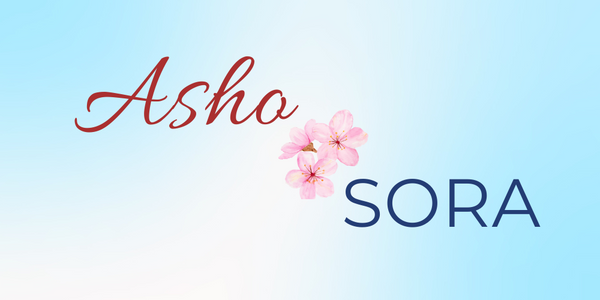Waka: A Glimpse into Timeless Beauty
Waka. This five-line form has shaped the heart of Japanese poetry for over a thousand years. Its elegance lies not in grand words, but in subtle emotion. Think of it as a whisper from the past — brief, quiet, and deeply personal.
Let us start with one example:
春過ぎて
夏来にけらし
白妙の
衣ほすてふ
天の香具山— by Empress Jitō (持統天皇)
This classic waka captures the quiet arrival of summer. The image of white robes drying on Mt. Kagu speaks more than just seasonal change. It reflects a sense of presence — of time gently flowing forward, marked not by clocks, but by moments.
Waka does not shout. It breathes. Its beauty comes from what it leaves unsaid. Just like the brush that pauses mid-stroke or the pause before a note in music, its silence carries meaning.
At Asho Sora, we find inspiration in this spirit. Our handwritten designs and Japanese aesthetics draw from the same well — a deep respect for stillness, space, and form. Whether in a soft stroke of ink or a carefully chosen word, beauty unfolds naturally.
Why Waka Still Matters
Waka has shaped not only poetry but also how Japan sees the world. Its influence touches calligraphy, painting, and even how one sets a seasonal dish on a plate. When we connect with waka, we do more than read. We feel.
This is just a beginning. In the coming weeks, we will explore more. We will uncover layers, reflect on subtle meanings, and celebrate the power of simplicity. If art begins with a feeling, waka often gives it voice.
